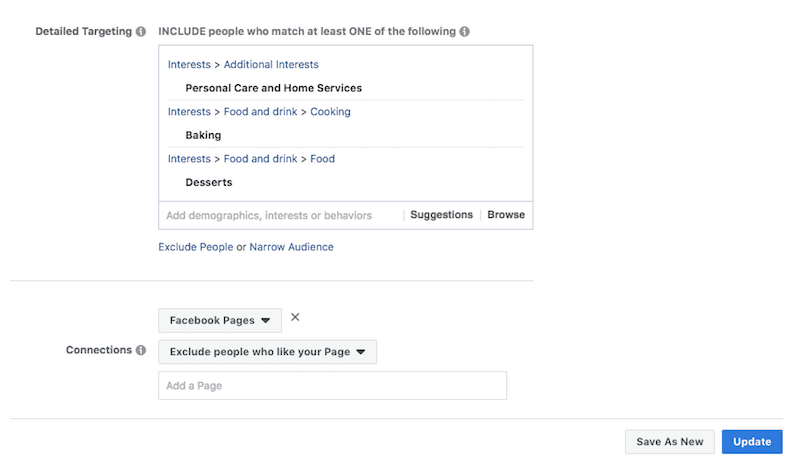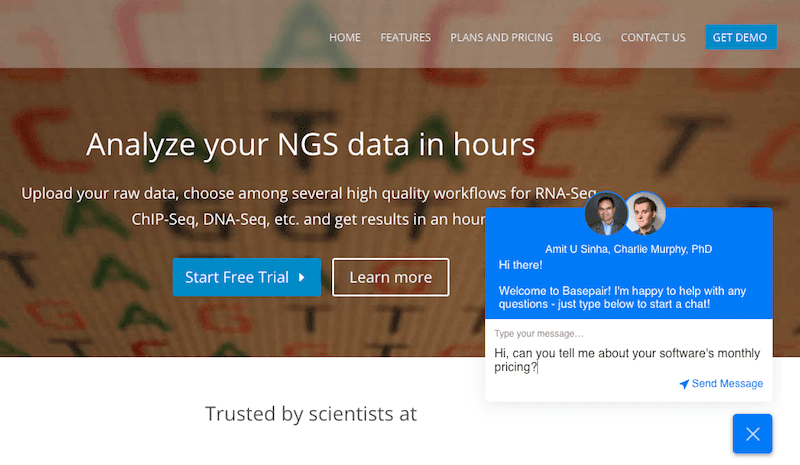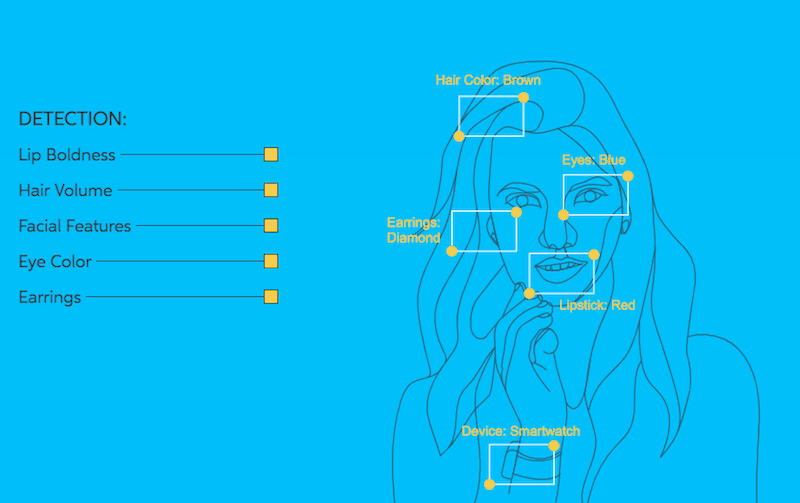5 AI Marketing Trends to Watch for This Year

Contents
With the recent boom in AI (Artificial Intelligence) software, there are many new methods of performing customer outreach. AI can be an excellent way to broaden your business’ reach, discover new customers, and increase your conversion rate. However, it can be hard to keep up with the burgeoning technology.
Fortunately, it’s not actually that difficult to start applying the principles of AI marketing. The first step is to understand what AI marketing methods are likely to be big trends during the upcoming year – then, you can start using them to improve your own reach.
In this article, we’ll look at 5 hot AI marketing trends, and point you in the right direction to start implementing them on your website. Let’s get moving!
A Brief Introduction to AI Marketing
Before we dive into the new trends we mentioned, however, let’s take a moment to review what AI actually is. AI is any computer program written to mimic unique human skills, such as learning, text generation, and image recognition.
The boom in AI has a huge impact on marketing, since tasks that once would have been time consuming can now be quickly completed by a computer program. In fact, many social media platforms and digital ad networks use AI.
Methods such as machine learning enable computers to identify and extrapolate on patterns, turning huge amounts of consumer data into insights on demographics, purchasing habits, and more:

This gives advertisers access to powerful tools. For example, you can track customers’ behavior on your website by adding a tracking script to your links. You can then use that information to more effectively target your ads on social media sites like Facebook.
You can also use these tools to generate new leads based on demographic information about your current customer base. For example, Facebook ‘lookalike’ groups analyze a set of existing customers, and look for new potential customers that are demographically similar.
Of course, the power of AI in marketing doesn’t stop there. There’s much more you can do with this technology, such as generating marketing text and automating customer service. Many of the most intriguing applications are only now becoming widespread.
5 AI Marketing Trends to Watch for This Year
Now that we’ve reviewed what AI marketing is in a general sense, let’s go over some of the hottest trends for 2019. Each of these applications can be put to use for your own business in creative and effective ways.
1. Chatbots
Having strong customer service is crucial, no matter what business you’re in. It can be difficult and expensive to answer client queries 24/7, but in the digital age many people have come to expect near-instant responses.
Chatbot tools such as Zendesk and LivePerson help you automate responses to commonly asked questions:

Customers can interact with the chatbot and receive immediate responses. Research actually shows that 69% of customers prefer chatbots to human representatives, so it’s a technology well worth considering.
To add a chatbot to your site, you’ll first want to do some research into the available platforms. You can build your own chatbot with tools like Facebook Messenger, or work with a company such as Zendesk to put together a custom tool.
2. Omnichannel Marketing
Omnichannel marketing enables you to sync information across multiple systems in real time. For example, if you own a retail store that sells the same products online, omnichannel marketing can sync your on- and offline inventories. If a customer buys a product in person, it will be removed from the online store, and vice-versa.
This is important, because customers expect to be treated as individuals. For example, if you send out an email blast encouraging customers to try out your new satellite dish, omnichannel marketing makes it easy to skip those who’ve already installed it. This is a huge time saver when compared to single channel marketing, where you would have to manually remove from the list each customer who had purchased the product.
When implementing omnichannel marketing, it’s important to know what systems you need to connect. Then, unless you have a computer genius on staff, it may make sense to use managed omnichannel marketing software such as IBM Omnichannel or Twilio Flex.
3. Natural Language Generation
Another trend to look out for is Natural Language Generation (NLG). This is a method of creating text content using AI. Computer programs are already being used to write everything from New York Times articles to poetry, and in some cases the results can be very convincing.
To maintain your brand’s presence, you probably need to craft hundreds if not thousands of social media posts and advertisements each year. By setting up a computer program to create marketing text for you, you can save a lot of time and effort.
If you’re thinking about using NLG, you should first consider if you have a strong need for recurring, data-driven content. Then, you’ll want to look for a company to help you implement it, such as Narrative Science or Automated Insights. Right now, the technology is still fairly expensive. As prices drop in the future, however, NLG may play a larger role in marketing content.
4. Image Recognition
Another task AI can be used for is image recognition. This is the process by which AI identifies photos, and includes facial recognition:

With this technology, you can quickly perform tasks such as scanning the web for photos of customers who are using your product. You can also analyze what types of photos your users tend to post, so you’ll know what style of visuals will likely connect with them.
You can implement image recognition by using a self-service API such as TensorFlow, or a ready-made tool like LogoGrab or GumGum. These tools scour the web for visual ‘mentions’ of your products, so you can better identify and engage with customers.
5. Customer Behavior Analysis
Finally, customer behavior analysis is a way of gathering and analyzing data in order to find out what your customers are doing. This is used in tools such as the Facebook Pixel, and other ad customization solutions that enable you to target messaging based on specific behaviors.
Behavior analysis has a huge impact on marketing, as it allows you to peer behind the curtain and find out what your audience actually cares about. For example, if you run a power tool company, you might easily assume that your main demographic should be men. However, if you find that more women are browsing your website, you might want to rethink your strategy.
By using Pretty Links, you can add tracking scripts to your links that will help you generate a database of customer behaviors. This enables you to start collecting data, which you can use to target your ads. Then, you can use the powerful targeting options offered by many social media sites and other popular marketing platforms.
Conclusion
When you run a business online, it’s important to stay on top of the latest marketing trends. AI has been making an unmistakable impact on marketing for the past several years, and in 2019, it’s bigger than ever. By keeping up with the most recent technologies, you can maximize your brand’s reach and conversion rate.
Five of the biggest marketing trends to look out for this year include:
- Chatbots
- Omnichannel marketing
- Natural language generation
- Image recognition
- Customer behavior analysis
Do you have any questions about how to use AI in your marketing campaigns? Let us know in the comments section below!